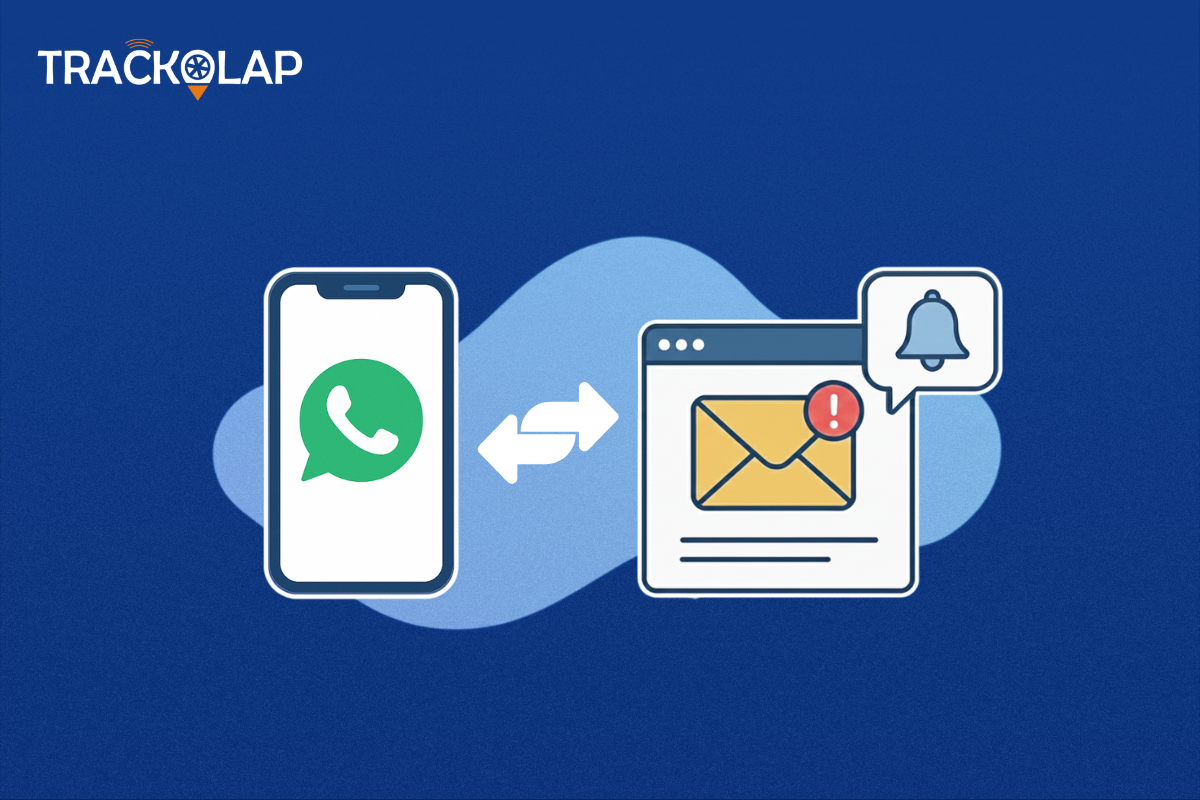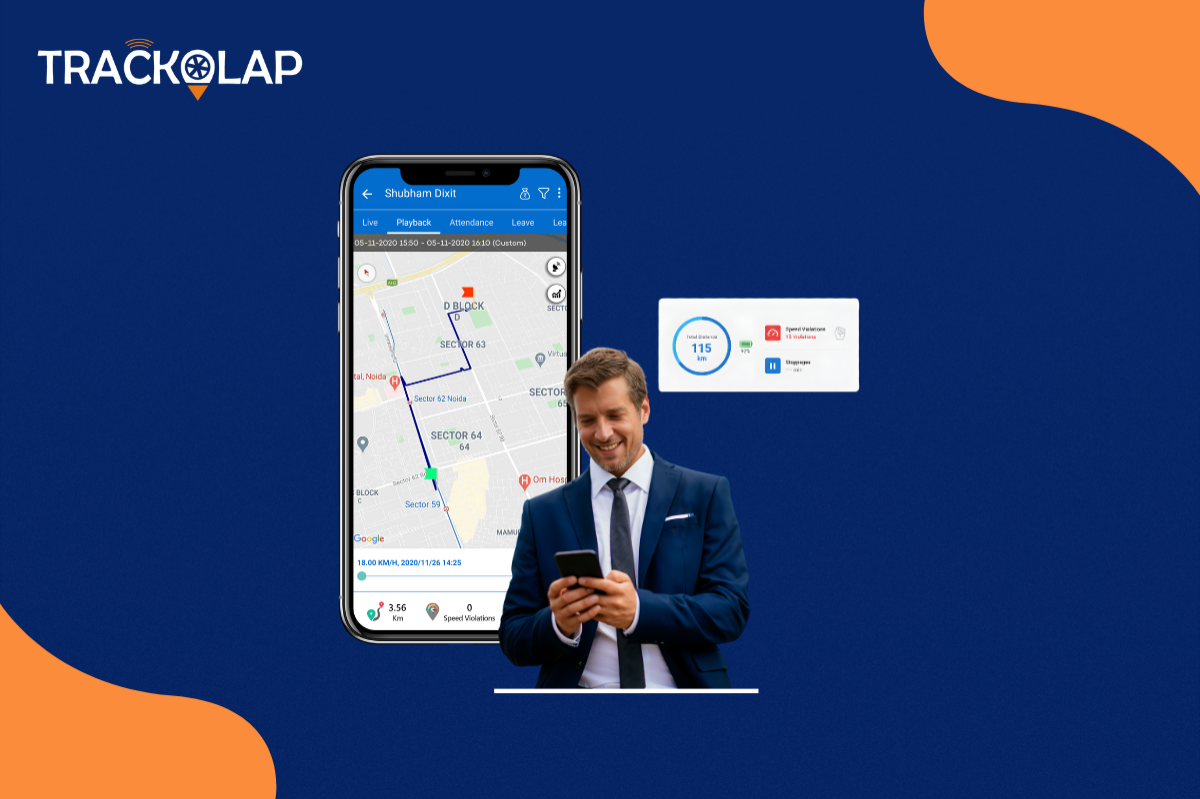
From Leads to Revenue: How to Boost Conversions with Opportunity Management Software
Lead generation is no longer the hardest part of sales. Businesses spend a significant amount of money on connections, SEO, content, and ads to track their funnel. The real issue is that the majority of those leads don't become clients. There is a gap between getting interested and sealing the deal, resulting in lost opportunities. It is not a volume issue, but it is a management issue.
While most businesses want to increase the quantity of leads they generate, very few are focused on optimising the conversion process. The opportunity management software perfectly bridges the gap
between marketing and generating actual revenues. It is the medium between interest and income, and is meant to facilitate how companies discover, interact and close high-value interests.
Understanding the Opportunity Stage: Where Sales Are Won or Lost
Every lead comes with a different perspective, such as browsing or evaluating, etc. And a little minority are willing to purchase. The last category is what we refer to as opportunity, specifically sales-ready leads.
This is the most risky section of the sales funnel. Leads analyse proposals, research vendors, and, more often, they only need to hit the button to call. However, a lot of businesses do not give the attention and
planning to this period that it requires.
This is what usually goes wrong:
Sales teams follow up too late or with the wrong pitch
Opportunities are assigned manually and inefficiently
There’s no centralised tracking of deal status or progress
Managers can’t see why deals are stuck or lost
It creates time lost, miscommunication, and money lost, not because the product was unsuccessful, but because the process did not work. What the businesses require is a specific system that will not only bring
order, visibility and business automation to this high-stakes stage, but it will also ensure long-term profitability and sustainable operations. This is exactly what opportunity management software is all about.
What Opportunity Management Software Solves
As basic lead management software that tracks contacts or log form submissions, opportunity management software is designed to enable the high-intent engagement and momentum of deals. The software
moves deals through the sales process in the following ways:
1. Structured Sales Pipelines
Companies can create workflows that demonstrate the process to be followed for every deal—a path defined by deal type, team, product, or location. More specifically, these workflows take opportunities from
first touch required to close decisions—in one usable view.
2. Smart Lead Assignment
In a world full of leads to follow, opportunity management software enables companies to stop assigning leads manually, and instead route opportunities, by established segmentation rules. These rules can include location, rep performance, expertise with the product, and more. It’s simply faster, smarter, and removes the potential for follow-up gaps.
3. Real-Time Opportunity Tracking
Managers and sales representatives have access to all available opportunities, including deal size, stage, and close probability. With the level of visibility, companies can weigh out the pros/cons of how to
prioritise opportunities and when to implement their next steps.
4. Seamless Collaboration
There are many people involved when pursuing an opportunity (BDRs, account managers, account service, etc). Opportunity management enables companies to keep each person informed, such as the progression of conversations. They are connected to a single platform for communication and able to openly collaborate on one opportunity safely and without having to worry whether someone may be out of the loop or miscommunicate.
5. Automated Reporting
No more wondering why deals have been lost, delayed, or blown up. The system logs every conversation and when there’s been a change in stages. You can spot patterns, find barriers to progress, and use data
to create your strategy. It’s not just software but a sales accelerator designed for the quick-paced, modern selling landscape.
Aligning Opportunities with Revenue Targets
One of the critical disconnects happening in sales teams is working hard, but not necessarily on the right goals. Enter the power locked in the connection between opportunity management software and target management software. When opportunity management aligns deals to real revenue targets:
You get clearer sales forecasts
Managers can see how close teams are to hitting allotments
Reps stay focused on high-impact deals
Efforts are tracked against specific business outcomes
Opportunity management is not only management but providing the insight needed to align and guide the team towards objectives and results. Integrated systems put a tie between opportunities and real revenue targets that should translate to measurable goals or results as defined by either monthly, quarterly, or campaign-based objectives. The discussion moves away from busywork to progress. So, you are not just managing deals, but you are managing growth.
Conclusion: Don’t Let Your Best Leads Slip Away
Leads are valuable. But opportunities? They are priceless. These are the leads that are most likely to convert; you cannot afford to lose them because of a lack of visibility, slow responses, or inadequate
coordination. Organisations can increase sales cycles and tighten their funnel by using opportunity management software. It links strategy with action, people with processes, and potential with performance.
With TrackOlap, you can experience faster conversions and smarter sales with the opportunity management software that can improve your pipeline, increase the performance of your team, and convert leads
into reliable revenue. Start growing today.
FAQs
1. How can I convert more leads into paying customers?
Using Opportunity management software, you can easily focus on higher intent leads, assign them to the appropriate sales rep or rep group and automate the follow-up process to expedite the conversion process.
2. What’s the difference between lead management and opportunity management software?
Lead management software is for the early intent of interest and nurturing. Opportunity management software takes qualified leads that have progressed to close to purchasing and streamlines the conversion process at the final sales funnel stage.
3. Is opportunity management software helpful for small sales teams?
Definitely! It will reduce manual work, provide better visualisation of their pipeline, and promote the best possible support to improve focus on the highest value opportunity, which is crucial for teams with limited resources.
4. How does target management software support opportunity conversion?
It connects every opportunity to a sales target, providing teams with focus, performance tracking, and accountability to make sure every deal is contributing to revenue targets.
5. What key features should I look for in opportunity management software?
Some examples of desired features would include automated lead assignment, customisable sales pipelines, real-time tracking, mobile access, integration with CRM, and marketing tools.
6. How does opportunity tracking improve sales forecasting?
Opportunity tracking helps with sales forecasting because it tracks stage, value, and probability of conversion, which creates good data to help ultimately forecast revenue and plan resources.






























 Back to Blogs
Back to Blogs










 D-5 Sector-59, Noida, Uttar Pradesh (India)
D-5 Sector-59, Noida, Uttar Pradesh (India) contactus@trackolap.com
contactus@trackolap.com 7011494501
7011494501










